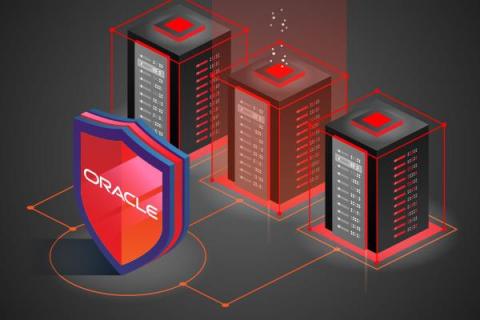Using Identity Management To Make Zero-Trust Security a Reality
Large-scale, sophisticated attacks like the SolarWinds cyber intrusion and the Microsoft Exchange Server hack are disturbing, to say the least. These are more than just bad headlines; they reflect fundamental, systemic problems with the security postures in most enterprises. One underreported issue is the continued adherence of organizations to principles that maintain strong perimeter controls to prevent things outside from coming in.











